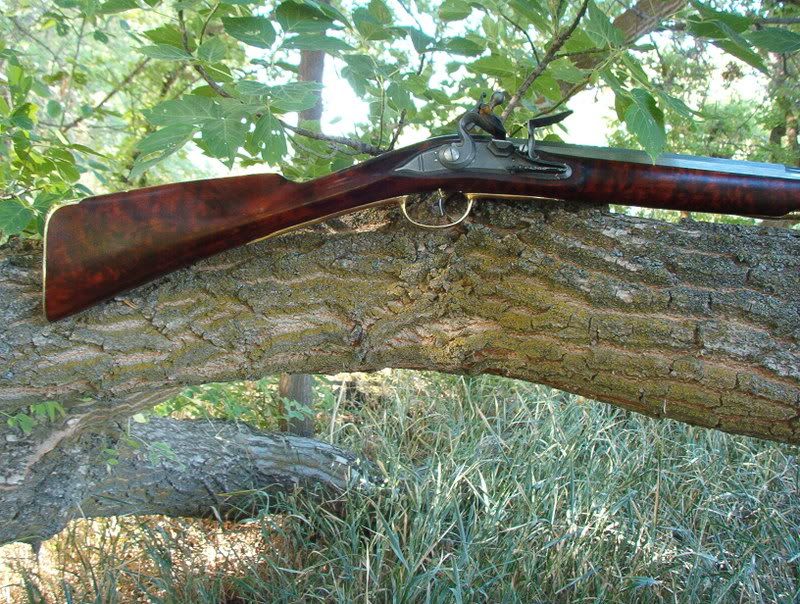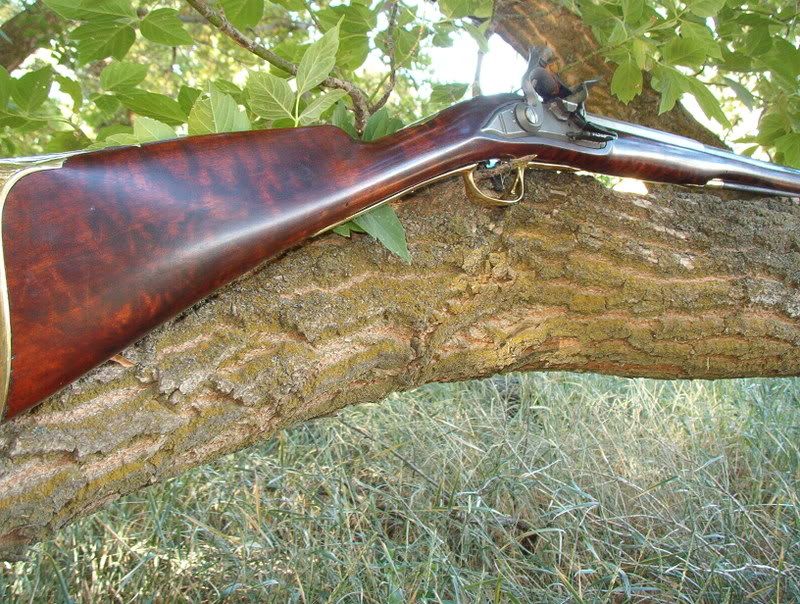Dan
to answer the question you sent me , i had to read the thread first as i wasnt sure what your were talking about

so yes i have used cherry a couple of times . I tried fuming a couple times but it seemed to me the result was that the gas worked better in in the more open grain areas then in the tighter grain in other words I found it rather blotchy . But then I to was using store bought ammonia.
I also tried the industrial. Well lets say commercial grade ammonia as Kermit suggested as its still not the strongest ammonia you can buy. Wont do that again LOL but it did do a much better job . However the areas ranged again from light to very dark which when finished was almost black .
I just donít like the ammonia fumes. but as you can see , it works .
I ended up going the Lye application route , then adding a little stain after. The thing to remember about cherry is that there are lots of different types of cherry .
Also keep in mind the figure can range from none to Burl. But also remember that with smaller pieces like your using that figure isnít really going to be real desirable unless your using a very tight burled wood . Where in larger , longer pieces the figure can be readily seen as your have more area
I think the figure one gets depends on the cherry the plank was cut from . I also think that how well a lye treatment works , depends on that as well .
cherry will also darken with age as well as change color with the finishing oils you chose . So keep that in minds as the brown you see now , may very well not be the finished color .
Here is a build I did some years ago from a Bing cherry plank . Lye didnt give as dark and deep red as I wanted so I followed up with an alcohol based stain


also here is a link to a discussion we had some years ago over on the ALRF concerning lye on cherry . you will see more photos of the above rifle as well as other folks guns . IE you will see how the color changes depending on the type of Cherry
. anyway i hope it helps you some .
http://americanlongrifles.org/forum/index.php?topic=9070.0




